Home>Garden Essentials>What Greenery Will Grow In Winter
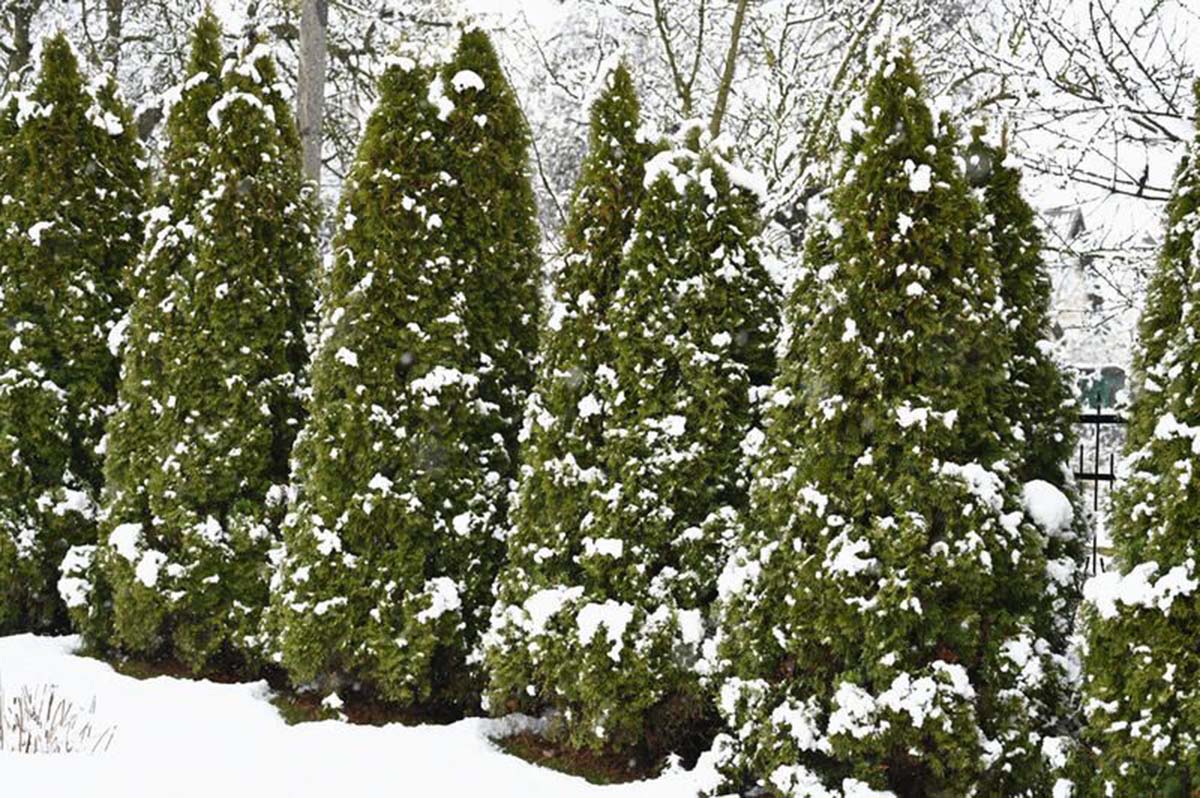

Garden Essentials
What Greenery Will Grow In Winter
Modified: August 16, 2024
Discover the best winter garden options and find out what greenery will thrive even in the cold months. Start planning your winter garden with our expert tips and ideas.
(Many of the links in this article redirect to a specific reviewed product. Your purchase of these products through affiliate links helps to generate commission for Storables.com, at no extra cost. Learn more)
Introduction
As the winter season sets in, many gardeners assume that their green thumb will have to hibernate until spring arrives. However, with careful consideration and the right selection of winter plants, you can keep your garden thriving even in the coldest months.
While winter may bring frost and chilly temperatures, it doesn’t mean you have to sacrifice the beauty and vitality of your outdoor space. In fact, growing greenery in winter can have numerous benefits, both for your garden and your well-being.
In this article, we will explore the benefits of growing greenery in winter and provide you with a comprehensive list of cold-tolerant plants that can withstand the harsh conditions. Whether you have a small balcony garden or a sprawling backyard, there are options available to add color, texture, and life to your outdoor space, even during the winter months.
But before we dive into the specific plants, let’s take a look at why growing greenery in winter is advantageous.
Key Takeaways:
- Embrace the beauty of winter by choosing cold-tolerant plants like Winter Jasmine, Holly, and Pansies to create a vibrant and captivating garden even during the coldest months.
- With careful planning and the right selection of winter greenery, you can transform your outdoor space into a thriving haven that brings joy and beauty throughout the winter season.
Benefits of Growing Greenery in Winter
While it may seem counterintuitive, growing greenery in winter can have numerous benefits for both your garden and your overall well-being. Here are some reasons why you should consider cultivating plants during the colder months:
- Beauty and Visual Appeal: Winter gardens can be stunningly beautiful, with plants showcasing vibrant colors and unique textures. By adding winter greenery to your garden, you can create a visually appealing landscape that brightens up the dull winter scenery.
- Enhanced Mood: Winter can bring about dreary and gloomy days, which can have a negative impact on your mood. However, having a lush garden with greenery can uplift your spirits and provide a sense of calm and serenity. Connecting with nature has been proven to reduce stress and improve overall well-being.
- Improved Air Quality: Indoor air quality tends to deteriorate during winter as homes are sealed off to retain warmth. By introducing indoor plants, you can help filter out pollutants and maintain better air quality. Plants also release oxygen, which can be especially beneficial in closed environments.
- Benefits for Wildlife: Adding winter greenery to your garden provides a valuable source of food and shelter for wildlife. Many birds and insects rely on plants for survival during the colder months. By creating a diverse and winter-friendly garden, you can attract a variety of wildlife and contribute to the overall ecological balance.
- Learning and Engagement: Winter gardening can be an enriching experience that allows you to learn more about plants and their unique characteristics. It offers an opportunity for experimentation, exploration, and honing your gardening skills. Engaging in gardening activities during winter can also be a great way to spend time outdoors and stay active.
- Extended Growing Season: By cultivating winter plants, you can extend your gardening season beyond the warmer months. This allows you to enjoy gardening year-round and make the most of your outdoor space, even during winter when other plants may not thrive.
With these benefits in mind, let’s now explore the factors you should consider before choosing winter plants for your garden.
Factors to Consider Before Choosing Winter Plants
Before diving into the selection of winter plants for your garden, it’s important to consider a few key factors to ensure their successful growth and survival during the colder months. Here are some important factors to keep in mind:
- Hardiness Zone: The first step is to determine your garden’s hardiness zone. This will help you identify plants that are best suited to your specific climate and temperature range. Different plants have different temperature tolerances, so it’s crucial to choose ones that can withstand the winter conditions in your area.
- Light Conditions: Assess the amount of sunlight your garden receives during winter. Some plants thrive in full sun, while others prefer partial shade. Understanding the light conditions will help you choose plants that can thrive in your garden’s specific environment.
- Soil Type and Drainage: Consider the type of soil in your garden and its drainage capabilities. Some plants may require well-drained soil, while others can tolerate heavier or moist soil. Understanding your soil type will help you select plants that will grow well and avoid issues such as root rot.
- Plant Size and Space: Take into account the available space in your garden and the size of the plants you plan to introduce. This will help you determine the appropriate spacing between plants and prevent overcrowding. Consider the mature size of the plants to ensure they won’t outgrow the allocated space.
- Maintenance Requirements: Consider the level of maintenance you are willing to commit to during winter. Some plants may require more attention and care, while others are relatively low-maintenance. Evaluate your time and resources to choose plants that align with your maintenance capabilities.
- Visual Appeal: Consider your personal preferences and the overall aesthetic you wish to achieve. Choose plants that complement the existing landscape and add visual interest to your garden. Look for various colors, textures, and foliage to create a visually appealing winter garden.
By considering these factors, you can make informed decisions when selecting winter plants for your garden. Now, let’s explore some cold-tolerant greenery options that can thrive and bring beauty to your winter landscape.
Cold-Tolerant Winter Greenery Options
When it comes to choosing winter plants, it’s important to select varieties that can withstand the chilly temperatures and harsh conditions. Here are ten cold-tolerant plants that will add color and life to your winter garden:
- Winter Jasmine: This plant produces bright yellow flowers that bloom during the winter months, adding a pop of color to your garden landscape. Winter jasmine is known for its hardiness and ability to thrive in colder climates.
- Holly: With its glossy green leaves and vibrant red berries, holly is a classic winter greenery choice. It provides both visual appeal and serves as a valuable food source for birds during the winter season.
- Pansies: Pansies are cold-tolerant annuals that come in a variety of colors, including shades of purple, yellow, and white. These cheerful flowers can bloom throughout the winter, bringing vibrant hues to your garden.
- Winterberry: Winterberry is a deciduous holly shrub that sheds its leaves in winter, revealing clusters of bright red berries. It can serve as a beautiful focal point in your garden and attract birds with its enticing fruit.
- Ornamental Cabbage: This unique and colorful plant features large, ruffled leaves in shades of purple, pink, and green. Ornamental cabbage thrives in cooler temperatures, adding a touch of elegance to your winter garden.
- Boxwood: Boxwood is a popular evergreen shrub that retains its deep green foliage all year round. Its compact and dense growth habit makes it an excellent choice for adding structure and form to your winter garden.
- Winter Heath: Winter heath is a low-growing evergreen shrub that produces delicate pink or white flowers during winter. With its attractive foliage and vibrant blooms, it adds a splash of color and allure to your winter landscape.
- Purple Fountain Grass: Known for its stunning purple plumes, purple fountain grass thrives in colder climates. Its graceful, arching foliage adds movement and texture to your winter garden, creating an eye-catching display.
- Camellia: Camellias are beautiful evergreen shrubs that bloom with vibrant flowers in shades of pink, red, and white. These hardy plants can withstand winter cold and add elegance and charm to any garden landscape.
- Winter Honeysuckle: Winter honeysuckle is a fragrant shrub that produces small, white, sweet-scented flowers during winter. Its fragrance can fill your garden with a delightful aroma and attract pollinators even in the colder months.
These cold-tolerant winter greenery options are just a selection of the many plants available to bring life and beauty to your garden during the colder months. Consider incorporating a combination of these plants to create a diverse and visually appealing winter landscape.
Now, let’s summarize what we’ve explored so far.
Winter Jasmine
Winter jasmine (Jasminum nudiflorum) is a charming plant that brings a burst of color to your winter garden with its bright yellow flowers. This deciduous shrub is known for its hardiness and ability to thrive even in colder climates.
Winter jasmine features slender, arching branches that can reach up to 10 feet in length. The small yellow flowers appear in abundance along the length of the stems, creating a stunning display against the winter backdrop. These blooms typically emerge in late winter or early spring, providing a much-needed burst of color during the gray and dreary months.
One of the greatest advantages of winter jasmine is its ability to tolerate a wide range of soil conditions. It can adapt well to various soil types, ranging from sandy to clayey, as long as good drainage is maintained. This makes it a versatile choice for different garden settings.
When it comes to sunlight requirements, winter jasmine thrives in full sun to partial shade. It prefers at least 6 hours of direct sunlight per day, but it can still tolerate shadier areas. This makes it a suitable option for gardens with varying light conditions.
Winter jasmine is relatively low-maintenance, making it ideal for both experienced gardeners and beginners. It is a vigorous grower and can be pruned to maintain its desired shape and size. Pruning is typically done after flowering, as the plant blooms on the previous year’s growth.
Additionally, winter jasmine is a versatile plant that can be used in various ways to enhance your winter garden. Its arching branches can be trained to grow along fences, arbors, or walls, creating a beautiful cascading effect. It can also be grown as ground cover or planted in containers to add interest and color to outdoor spaces.
In summary, winter jasmine is a cold-tolerant plant that blooms with vibrant yellow flowers during the winter months. Its hardiness, adaptability to different soil types, and low-maintenance nature make it an excellent choice for adding color and charm to your winter garden landscape.
Now, let’s move on to the next winter greenery option, which is holly.
Read more: How And What To Grow As Floral Greenery
Holly
Holly (Ilex spp.) is a classic and beloved winter greenery option known for its glossy green leaves and vibrant red berries. This evergreen shrub or small tree can add a touch of festive charm and natural beauty to your winter garden.
One of the most distinctive features of holly is its foliage. The leaves are typically dark green, glossy, and have a spiky or serrated appearance. This texture adds visual interest and creates a unique contrast against the winter landscape. Some varieties of holly have variegated leaves, with splashes of yellow or white, adding even more color to your garden.
In addition to its foliage, holly is famous for its berries. Female holly plants produce bright red berries that usually appear in late fall or early winter, depending on the variety. These berries not only add a festive touch but also provide a valuable food source for birds during the colder months.
When it comes to cultivation, holly is relatively low-maintenance and can adapt to a range of soil types. It prefers moist, well-drained soil but can tolerate different soil conditions, including clay and sandy soils. Place holly plants in locations that receive partial to full sun exposure for optimal growth.
Holly plants come in various sizes, from small shrubs to taller trees, so you can choose the appropriate size depending on your garden’s requirements and available space. Some varieties can be pruned and shaped to maintain a desired size and shape, making holly a versatile choice for different landscaping needs.
Whether used as a standalone accent plant, a hedge, or as part of a mixed border, holly adds year-round interest to your garden. During winter, it becomes an especially prominent and eye-catching feature, brightening up the landscape when many other plants have gone dormant.
In summary, holly is a classic choice for adding winter greenery to your garden. With its glossy green leaves, vibrant red berries, and adaptability to different soil conditions, holly can bring festive cheer and natural beauty to your winter landscape.
Next, we’ll explore another popular winter plant option: pansies.
Pansies
Pansies (Viola × wittrockiana) are charming and colorful winter flowers that can brighten up any winter garden. These cold-tolerant annuals are known for their vibrant blooms and delicate petals, making them a popular choice for adding color and cheer during the chilly months.
Pansies come in a wide range of colors, including shades of purple, yellow, white, orange, and blue. Their unique “faces” or patterns on their petals give them a distinct and playful appearance. These cheerful flowers can bloom throughout the winter, adding a splash of color to your garden even when most other plants have gone dormant.
One of the benefits of pansies is their versatility in various garden settings. They can be planted in beds, borders, containers, or hanging baskets, providing flexibility in design and arrangement. Their relatively small size makes them great for filling in gaps or adding pops of color to any garden space.
When it comes to soil and sunlight requirements, pansies prefer well-drained soil that is rich in organic matter. They thrive in full sun to partial shade, although they can tolerate shadier conditions as well. Pansies benefit from regular watering to keep their soil moist, especially during dry winter spells.
Another advantage of pansies is their ability to withstand colder temperatures. These resilient flowers can tolerate frost and even a light layer of snow. In fact, colder temperatures can often enhance their color and prolong their blooming period. Pansies are the perfect choice for regions with milder winters or as seasonal bedding plants in colder climates.
Maintenance-wise, pansies are generally easy to care for. Regular deadheading, which involves removing faded flowers, helps encourage continuous blooming. Pansies also benefit from occasional fertilization to promote healthy growth and abundant blooms.
Whether used as a focal point, a border planting, or a mass display, pansies bring joy and life to winter gardens. Their vibrant colors and delicate petals create a visually stunning sight that can brighten up any outdoor space.
In summary, pansies are cold-tolerant winter flowers that offer a wide range of colors and patterns. Their versatility, resilience to colder temperatures, and ability to thrive in various garden settings make them an excellent choice for adding vibrant colors and a touch of whimsy to your winter garden.
Now, let’s move on to the next winter greenery option: winterberry.
Winterberry
Winterberry (Ilex verticillata) is a stunning deciduous holly shrub that adds a pop of vibrant color to winter landscapes. Known for its clusters of bright red berries, winterberry is a popular choice for those looking to create a visually striking and wildlife-friendly winter garden.
One of the standout features of winterberry is its berries. These small, round fruits appear in abundance on the bare branches of the shrub, creating a breathtaking display against the stark winter backdrop. The berries persist throughout the winter, providing a valuable food source for birds during the colder months when other food options are scarce.
Winterberry shrubs typically grow 6 to 10 feet tall, adding a significant vertical element to your garden. The branches are slender and often form an attractive arching habit. While winterberry is best known for its red berries, there are also varieties available that produce orange, yellow, or even white berries, adding even more diversity to your winter garden palette.
When it comes to cultivation, winterberry is relatively low-maintenance. It thrives in moist, acidic soil and prefers full sun to partial shade. Good drainage is important to prevent waterlogging, as excessive moisture can be detrimental to the roots. Winterberry is native to wetland areas and can tolerate periods of temporary flooding.
To ensure prolific berry production, it’s best to have both male and female winterberry plants in proximity. The female plants produce berries, while the male plants produce the pollen necessary for fertilization. The ratio of male to female plants should be approximately one male plant for every five female plants.
One popular way to showcase the beauty of winterberry is by using it in groupings or mass plantings. This allows the vibrant red berries to stand out and create a dramatic impact in your winter garden. Winterberry can also be incorporated into shrub borders, naturalistic plantings, or used as a focal point in the landscape.
In summary, winterberry is a stunning deciduous holly shrub known for its clusters of vibrant red berries. With its vertical growth habit and ability to attract birds, winterberry adds visual interest and wildlife value to winter landscapes.
Next, we’ll explore another winter greenery option: ornamental cabbage.
Consider planting winter-hardy greenery such as kale, spinach, and Swiss chard. These leafy greens can withstand colder temperatures and continue to grow throughout the winter months.
Ornamental Cabbage
Ornamental cabbage (Brassica oleracea) is a unique and beautiful winter greenery option that adds a touch of elegance and texture to your garden during the colder months. While cabbage is typically grown as a vegetable, ornamental varieties are specifically cultivated for their attractive foliage, making them a popular choice for winter garden displays.
One of the standout features of ornamental cabbage is their large, ruffled leaves that come in various shades of purple, pink, and green. The foliage forms a tight rosette shape, resembling large, vibrant flowers. This unique form and vibrant coloration add visual interest and create a striking contrast against the winter landscape.
Ornamental cabbage is a cool-season plant and thrives in cooler temperatures. They can tolerate frost and even light snow, making them the perfect addition to winter gardens. In fact, colder temperatures often intensify the colors of their leaves, enhancing their overall visual appeal.
When it comes to cultivation, ornamental cabbage prefers well-drained soil that is rich in organic matter. They can be grown in both containers and garden beds, making them versatile options for different garden settings. Ornamental cabbage thrives in full sun to partial shade and benefits from regular watering to keep the soil moist.
One of the advantages of ornamental cabbage is its longevity. While many other winter plants have a relatively short lifespan, ornamental cabbage can provide beauty and interest throughout the winter season. Their foliage remains vibrant and colorful, adding texture and allure to your garden when other plants have gone dormant.
In terms of design, ornamental cabbage can be used in various ways. They can be planted in groups or mass plantings to create bold and eye-catching displays. Their unique form also makes them suitable for container gardening, where they can be combined with other winter plants or used as standalone focal points.
In summary, ornamental cabbage is an unconventional yet stunning winter greenery option. With its large, ruffled leaves and vibrant colors, it adds a touch of elegance and texture to winter gardens, creating visually striking displays that are sure to capture attention.
Next, let’s explore another popular winter greenery option: boxwood.
Read more: How To View Greenery During Winter
Boxwood
Boxwood (Buxus spp.) is a classic and versatile evergreen shrub that adds structure, form, and year-round greenery to any garden, including the winter months. With its compact growth habit and dense foliage, boxwood is a popular choice for creating elegant and well-defined garden borders, hedges, or topiaries.
One of the standout features of boxwood is its small, glossy, dark green leaves. These leaves retain their vibrant color throughout the year, adding a touch of freshness and lushness to your winter garden. The dense foliage also creates a sense of privacy while providing a visually appealing backdrop for other plants or garden elements.
Boxwood is a slow-growing plant that is relatively low-maintenance, making it suitable for both experienced gardeners and beginners. It can tolerate various soil types but prefers well-drained soil that is slightly acidic. Boxwood can thrive in both full sun and partial shade, although it may show better tolerance to winter sunburn in shadier locations.
When it comes to shaping and pruning, boxwood is highly amenable. Its dense foliage lends itself well to shearing and shaping into formal hedges, topiaries, or geometric patterns. Pruning can be done in late winter or early spring to encourage denser growth and maintain the desired shape and size.
In addition to its ornamental value, boxwood is also highly deer-resistant, making it a great choice for gardens that have issues with deer browsing. Its dense foliage provides a natural deterrent to deer and other garden pests, allowing your garden to remain vibrant and intact even during the winter months.
Boxwood has a timeless elegance and versatility that allows it to blend well with various garden styles, from formal and structured to more relaxed and informal. It can be used as a standalone focal point, as a border or edging plant, or to create geometric shapes and patterns in a garden design.
In summary, boxwood is a classic and versatile evergreen shrub that provides structure, form, and year-round greenery to gardens, including the winter season. With its dense foliage, it adds an element of freshness and privacy while allowing for creative shaping and formal garden designs.
Next, let’s explore another winter greenery option: winter heath.
Winter Heath
Winter heath (Erica carnea) is a charming evergreen shrub that produces delicate blooms during the winter months. With its vibrant flowers and attractive foliage, winter heath adds color, texture, and beauty to your garden when most other plants are dormant.
One of the standout features of winter heath is its ability to bloom during the colder months. From late winter to early spring, clusters of small bell-shaped flowers in shades of pink, purple, or white cover the low-growing shrub. These blooms provide a delightful burst of color and serve as a valuable source of nectar for early pollinators.
Winter heath is a hardy plant that thrives in well-drained soil and prefers full sun to partial shade. It is ideal for gardens with poor soil conditions or areas where other plants struggle to grow. Winter heath is often found in rock gardens or used as ground cover to add interest and texture to the landscape.
When it comes to maintenance, winter heath is relatively low-maintenance. It requires minimal pruning, usually limited to removing any dead or damaged branches after flowering. However, if the plant becomes too leggy or overgrown, it can tolerate moderate pruning to maintain its desired shape and size.
Another advantage of winter heath is its tolerance of colder temperatures. This shrub can withstand frost, snow, and even freezing winter conditions. Its hardiness makes it a reliable choice for adding beauty and color to winter gardens, ensuring that your landscape remains visually appealing throughout the colder months.
In addition to its blooms, winter heath also offers attractive foliage. Its needle-like leaves are typically dark green in color, providing a backdrop that highlights the vibrant flowers. The dense and compact growth habit of winter heath adds texture and interest to your garden, creating a visually appealing display.
Winter heath is an excellent choice to incorporate into gardens that need a burst of color and charm during the winter season. Whether used as ground cover, in rock gardens, or as border plants, winter heath brings vibrancy and life to the winter landscape.
In summary, winter heath is a delightful evergreen shrub that produces colorful blooms during the winter months. Its hardiness, attractive foliage, and ability to withstand colder temperatures make it an ideal choice for adding color and texture to your garden when most other plants are dormant.
Next, let’s explore another winter greenery option: purple fountain grass.
Purple Fountain Grass
Purple Fountain Grass (Pennisetum setaceum ‘Rubrum’) is a stunning ornamental grass that adds texture, movement, and a touch of drama to winter gardens. With its feathery plumes and rich purple foliage, Purple Fountain Grass creates an eye-catching display that can elevate the visual appeal of any outdoor space.
One of the defining features of Purple Fountain Grass is its stunning, burgundy-purple foliage. The long, narrow leaves cascade gracefully, creating a fountain-like effect that gives the plant its name. The deep purple color of the foliage intensifies in cooler temperatures, adding depth and richness to your winter garden.
In addition to its foliage, Purple Fountain Grass produces large, arching plumes of soft, purplish-pink flower heads during the summer and autumn. While the plumes may diminish in size during winter, they still retain a certain charm and interest, particularly when touched by the winter elements.
Purple Fountain Grass is relatively easy to grow and maintain. It prefers well-drained soil and thrives in full sun, but it can also tolerate partial shade. Once established, this grass is fairly drought-tolerant and requires minimal watering. Pruning is typically done in late winter or early spring, before new growth begins to emerge.
With its graceful form and captivating color, Purple Fountain Grass is an excellent choice for adding texture and movement to your winter garden. Whether planted as a focal point, in mass plantings, or in containers, its unique and dramatic appearance instantly draws attention and creates a visually striking landscape.
In colder climates, Purple Fountain Grass may not survive the winter, but it can still be enjoyed as an annual or brought indoors in containers for the colder months. Its versatility allows you to experiment with different ways to incorporate it into your garden, ensuring that it remains an alluring addition to your winter landscape.
Overall, Purple Fountain Grass is a show-stopping winter greenery option that adds visual interest and a touch of elegance to gardens. Its feathery plumes and striking purple foliage make it a dynamic choice for creating a captivating winter display.
Next, let’s explore another winter greenery option: Camellia.
Camellia
Camellia is a beautiful evergreen shrub that blooms with vibrant flowers during the winter months, bringing a burst of color and elegance to your garden. With its stunning blooms and glossy foliage, camellias are a popular choice for gardens seeking a touch of grace and sophistication even in the colder months.
Camellias belong to the family Theaceae and are known for their large, showy flowers that come in an array of colors and shapes. The most common types are Camellia japonica and Camellia sasanqua. These winter-blooming shrubs produce single or double flowers, which can vary in colors, including shades of pink, red, white, and even variegated combinations.
One of the reasons camellias are highly prized is their long-lasting blooms. Depending on the variety, the flowers can last for weeks or even months, adding continuous beauty to your garden during the winter season. Their bold and vibrant colors stand out against the backdrop of winter, creating a visually stunning display that is sure to capture attention.
Camellias thrive in well-drained soil that is rich in organic matter. They prefer slightly acidic soil and partial shade, although they can tolerate morning sun or late afternoon sun under certain conditions. Once established, camellias are relatively low-maintenance plants, requiring regular watering and occasional fertilization to promote healthy growth and abundant blooms.
In addition to their dazzling flowers, camellias also offer glossy, dark-green foliage. These shiny leaves provide a lush and attractive backdrop to the vibrant blooms, serving as an excellent contrast and adding year-round interest to your garden, even when the flowers have faded.
Camellias can be used in various ways in your garden. They can be planted as standalone specimens, as hedges or screens, or as part of mixed borders. With their elegant presence and captivating flowers, camellias can create focal points and add a touch of sophistication to any garden setting.
Overall, camellias are a sought-after winter greenery option due to their stunning blooms, glossy foliage, and ability to bring vibrant colors to your garden when many other plants are dormant. Whether used as standalone plants or incorporated into larger garden designs, camellias make a statement and create a captivating display.
Next, let’s explore another winter greenery option: winter honeysuckle.
Winter Honeysuckle
Winter honeysuckle (Lonicera fragrantissima) is a delightful shrub that blooms with small, fragrant flowers during the winter months. With its sweet scent and delicate blooms, winter honeysuckle adds a touch of beauty and fragrance to your garden when many other plants are dormant.
One of the distinct features of winter honeysuckle is its highly fragrant flowers. These small, creamy white flowers appear in clusters and emit a sweet, citrus-like scent that fills the air. The fragrance is especially pronounced during mild winter days, making it a delightful sensory experience when walking through the garden.
Winter honeysuckle is a deciduous shrub that typically grows up to 6 to 10 feet tall. Its branches are dense and upright, forming a rounded shape. The bright green leaves create an attractive backdrop to the delicate flowers, adding visual interest throughout the year.
When it comes to cultivation, winter honeysuckle is relatively low-maintenance and adaptable. It can tolerate a range of soil conditions, including well-drained soil or clay soil. While it prefers full sun to partial shade, winter honeysuckle can still thrive in shadier areas of the garden.
One of the advantages of winter honeysuckle is its ability to attract pollinators. The small flowers provide an important source of nectar for early bees and other insects during the winter months when food sources are limited. By planting winter honeysuckle, you can contribute to the health and well-being of important pollinators in your garden.
Winter honeysuckle can be used in various ways in your garden. It can be planted as a standalone specimen or as part of a mixed border. Due to its upright growth habit, it can also serve as a screen or hedge to provide privacy or to define different areas of your outdoor space.
In summary, winter honeysuckle is a charming shrub that blooms with fragrant flowers during the winter season. Its sweet scent, attractive foliage, and ability to attract pollinators make it a beautiful addition to any garden looking to bring beauty and fragrance to the colder months.
With this, we have explored ten different winter greenery options that can enhance the beauty of your garden during the winter months. From colorful flowers to distinctive foliage, these plants offer a wide range of choices for adding life, color, and texture to your outdoor space, even when temperatures drop and other plants go dormant.
Remember to consider the unique characteristics and requirements of each plant, along with your specific gardening needs and preferences, as you make your selections. By carefully choosing winter plants, you can create a vibrant and captivating winter garden that brings joy and beauty throughout the colder months.
Happy gardening!
Now, let’s summarize the key points we’ve covered in this article.
In Summary
Winter gardens don’t have to be dull and lifeless. By carefully selecting the right winter greenery options, you can add color, texture, and beauty to your outdoor space even during the colder months. Let’s recap the key points we’ve covered in this article:
1. Growing greenery in winter offers numerous benefits, including beauty, enhanced mood, improved air quality, benefits for wildlife, learning opportunities, and an extended growing season.
2. Before choosing winter plants, consider your hardiness zone, light conditions, soil type and drainage, available space, maintenance requirements, and visual appeal.
3. Cold-tolerant winter greenery options include Winter Jasmine, Holly, Pansies, Winterberry, Ornamental Cabbage, Boxwood, Winter Heath, Purple Fountain Grass, Camellia, and Winter Honeysuckle.
4. Winter Jasmine is a hardy shrub that produces bright yellow flowers during winter.
5. Holly offers glossy green leaves and vibrant red berries, providing both visual appeal and a food source for birds.
6. Pansies are cold-tolerant annual flowers that come in various colors, adding vibrancy to the winter garden.
7. Winterberry is a deciduous holly shrub with bright red berries, serving as a focal point and a valuable food source for birds.
8. Ornamental Cabbage features large, ruffled leaves in shades of purple, pink, and green, adding elegance to the winter landscape.
9. Boxwood is a versatile evergreen shrub that retains its deep green foliage and adds structure and form to the garden.
10. Winter Heath is a low-growing shrub that produces delicate pink or white flowers in winter, adding color and allure to the garden.
11. Purple Fountain Grass offers feathery plumes and striking purple foliage, creating a dynamic and eye-catching display.
12. Camellia is an evergreen shrub that blooms with vibrant, showy flowers in various colors, bringing sophistication and beauty to the garden.
13. Winter Honeysuckle produces small, fragrant flowers during winter, emitting a delightful citrus-like scent and attracting early pollinators.
By incorporating these winter greenery options, you can create a vibrant, beautiful, and engaging winter garden that enhances your outdoor space. Remember to consider the specific needs of each plant and your garden’s conditions when making your selections. With some planning and care, your garden can thrive and bring joy even during the coldest months of the year.
Happy gardening!
Now, let’s conclude this article.
Conclusion
Cultivating a thriving and visually appealing winter garden is not only possible but also highly rewarding. By carefully selecting cold-tolerant winter greenery options, you can transform your outdoor space into a vibrant haven even during the coldest months of the year.
Throughout this article, we’ve explored the benefits of growing greenery in winter, including the beauty and visual appeal, enhanced mood, improved air quality, benefits for wildlife, learning opportunities, and extended growing season. We’ve also discussed the important factors to consider before choosing winter plants, such as hardiness zone, light conditions, soil type and drainage, available space, maintenance requirements, and visual appeal.
From Winter Jasmine and Holly to Pansies, Winterberry, Ornamental Cabbage, Boxwood, Winter Heath, Purple Fountain Grass, Camellia, and Winter Honeysuckle, we’ve highlighted various cold-tolerant plants that can thrive and bring life to your winter garden.
Each of these greenery options offers unique characteristics, from vibrant blooms to colorful foliage, and can be used in different ways to create a visually stunning and captivating winter landscape. Whether you prefer the delicate flowers of the Winter Jasmine, the glossy leaves and red berries of Holly, or the elegant presence of Camellia, there is a winter greenery option that will suit your taste and enhance your garden.
Remember to carefully consider the specific requirements and conditions for each plant, ensuring they are suitable for your garden’s hardiness zone, light exposure, soil type, and space availability. With proper planning and maintenance, you can create a winter garden that brings joy, color, and fragrances to your outdoor space, benefiting both you and the surrounding wildlife.
So don’t let the cold weather deter your gardening efforts. Embrace the opportunity to showcase the beauty of winter and create a captivating winter garden that will delight you and your visitors. With the right selection of winter greenery and a little care, your garden can thrive even when the frost is in the air.
Happy gardening, and may your winter garden be a testament to the resilience and beauty of nature!
Frequently Asked Questions about What Greenery Will Grow In Winter
Was this page helpful?
At Storables.com, we guarantee accurate and reliable information. Our content, validated by Expert Board Contributors, is crafted following stringent Editorial Policies. We're committed to providing you with well-researched, expert-backed insights for all your informational needs.
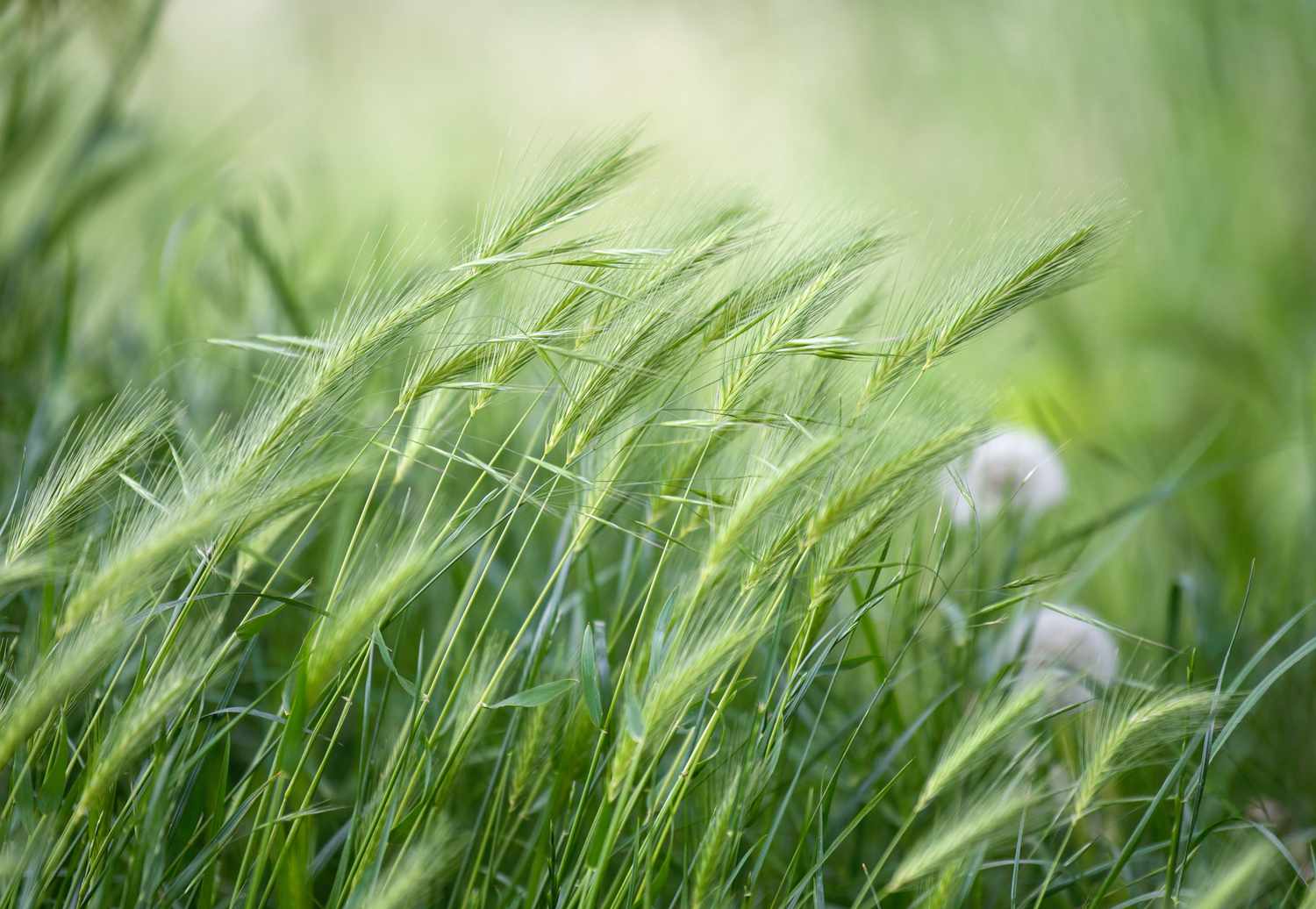
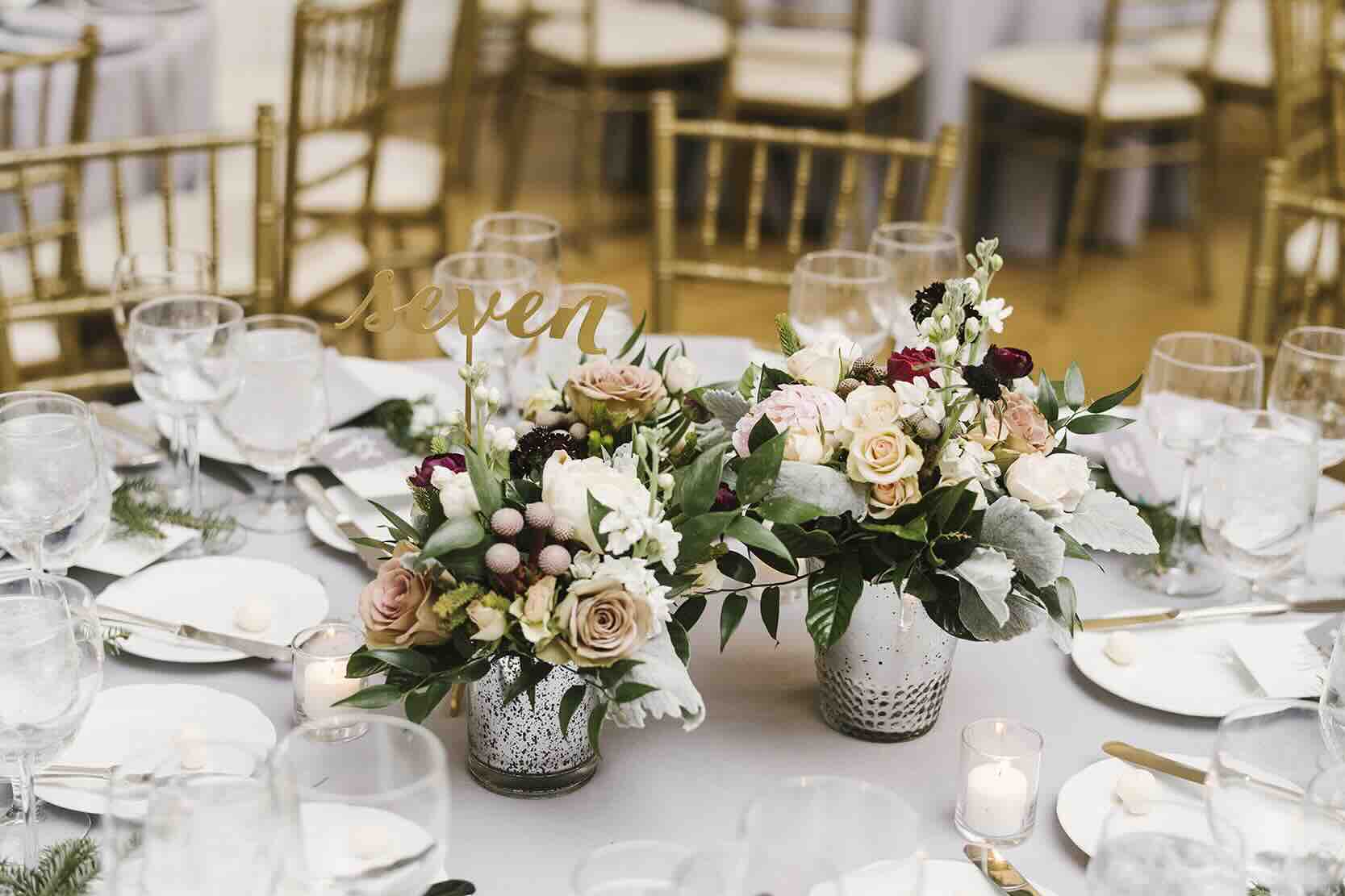
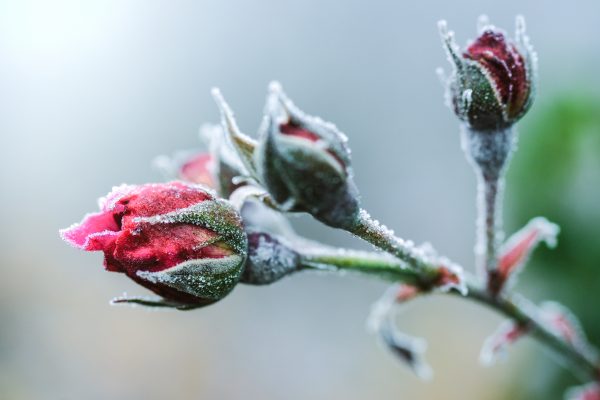
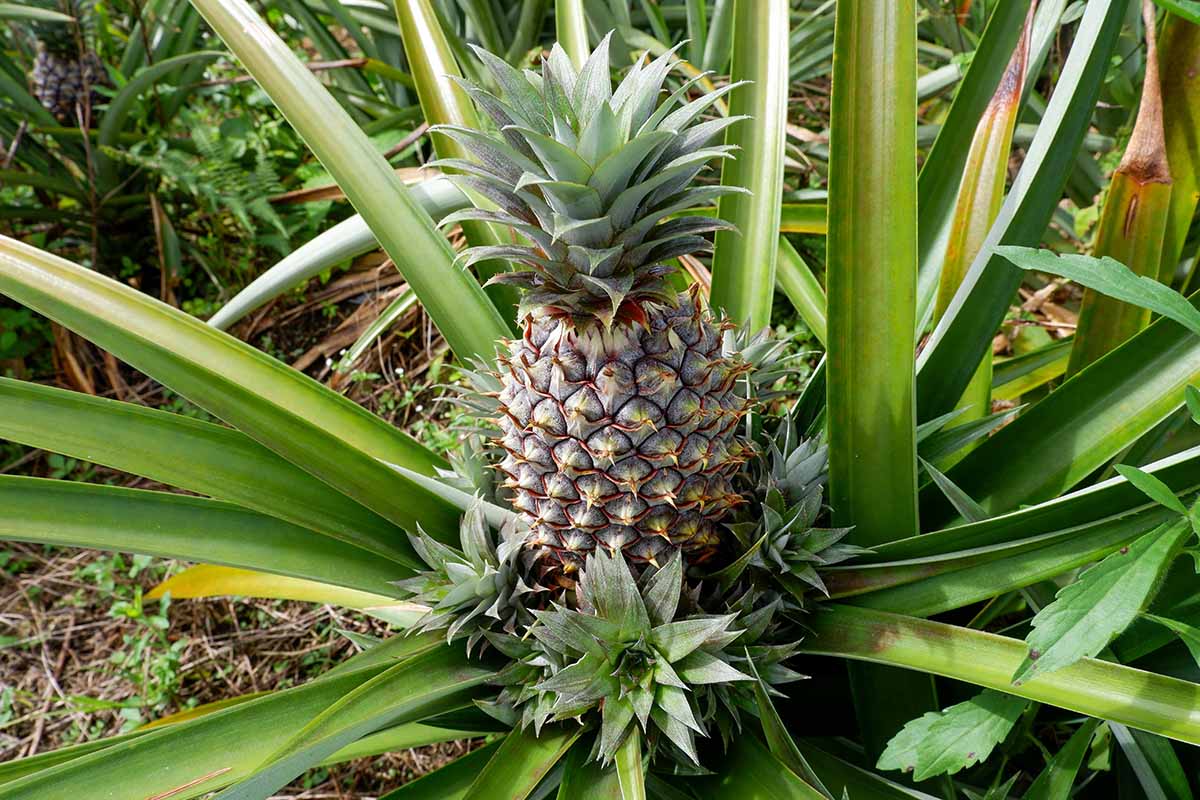
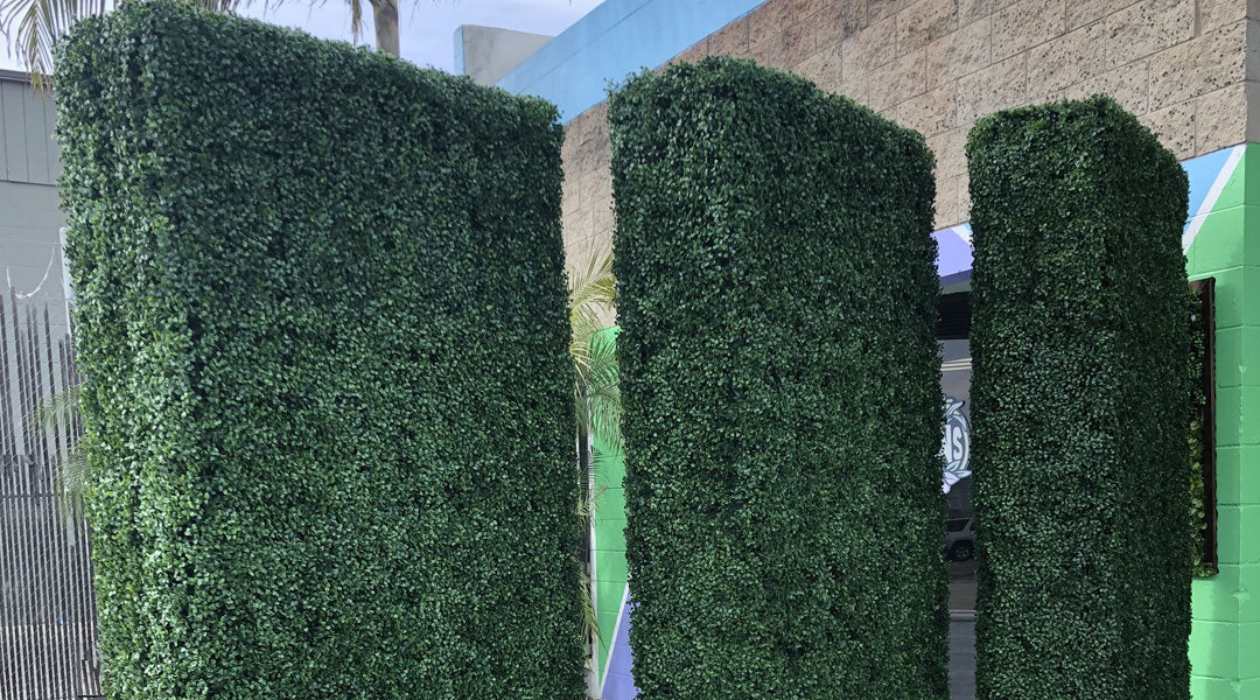
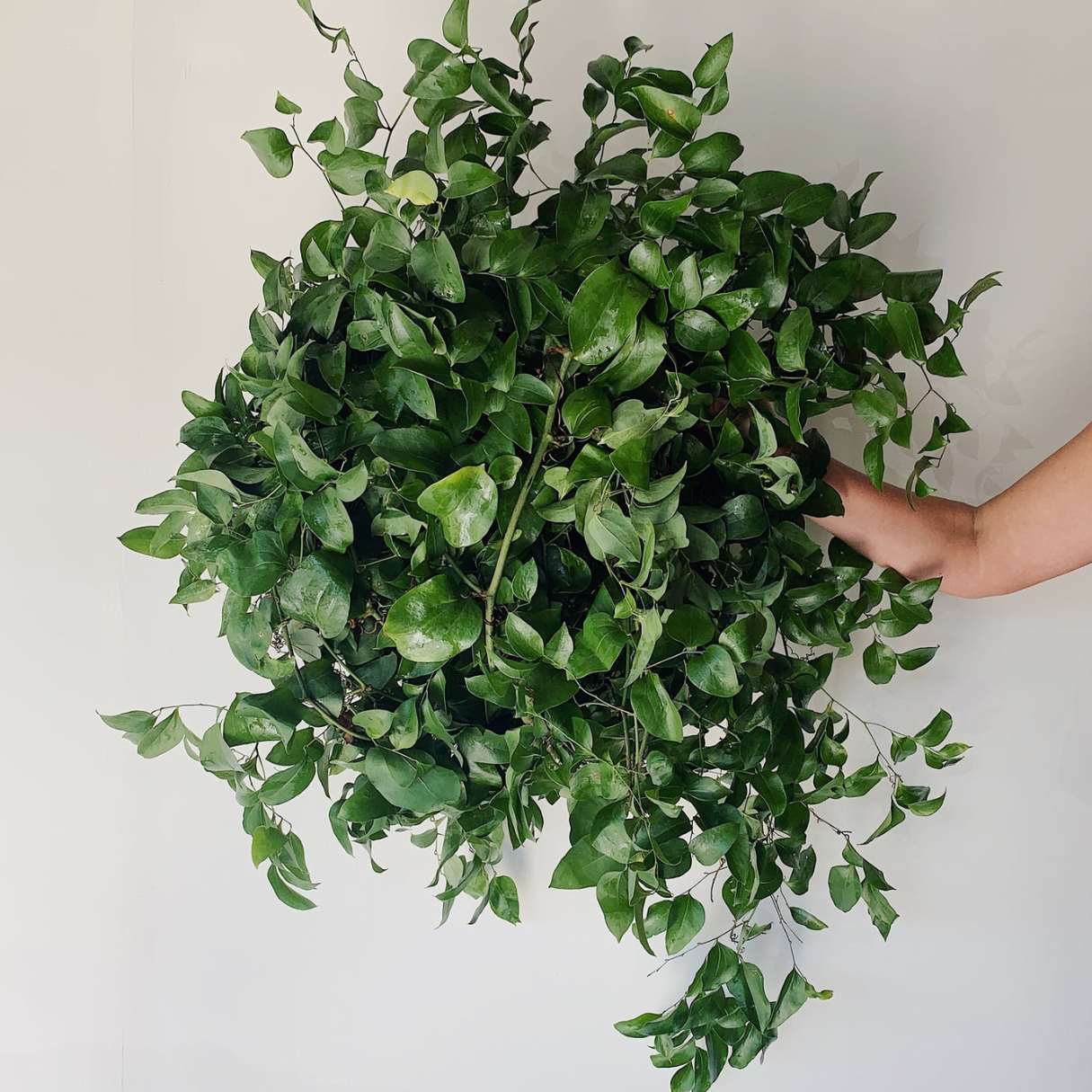


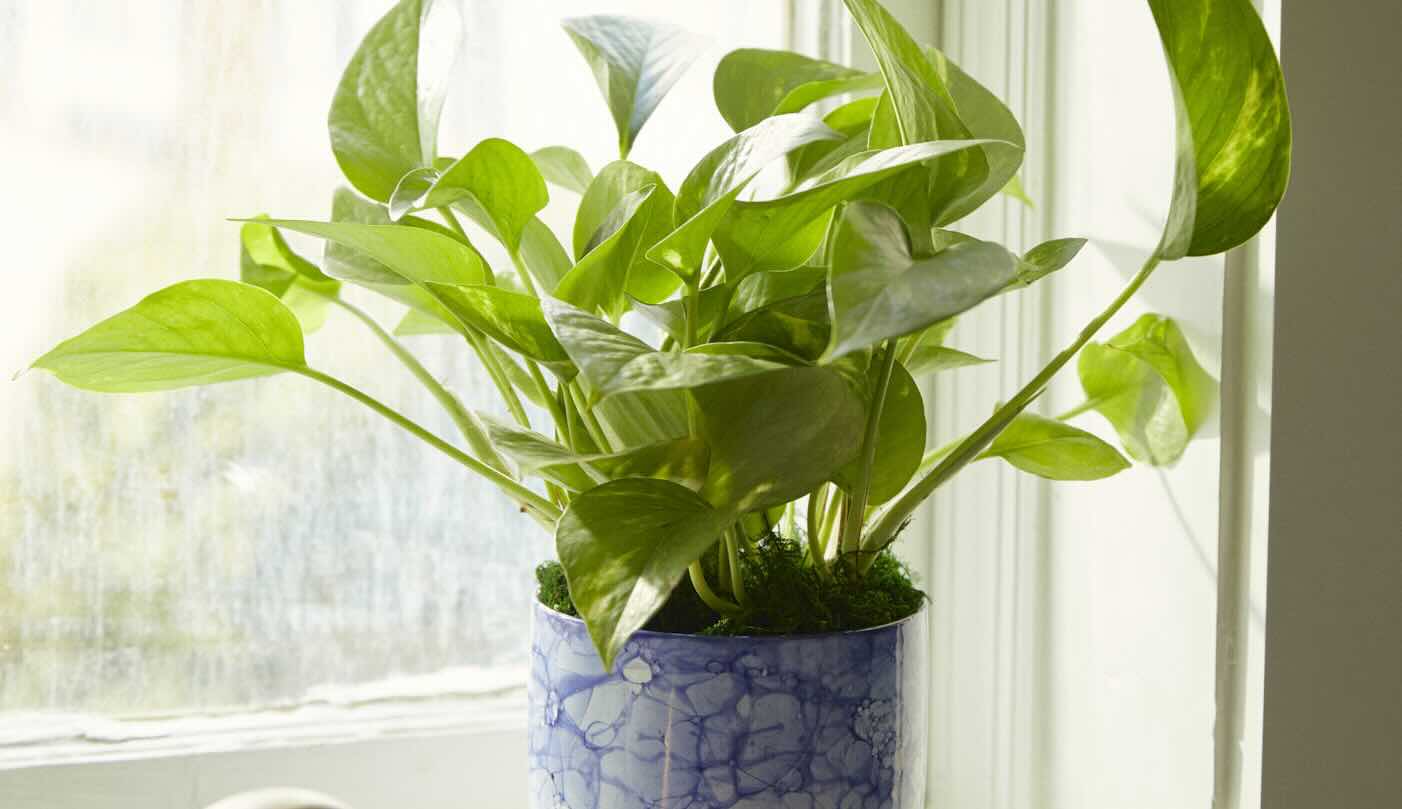
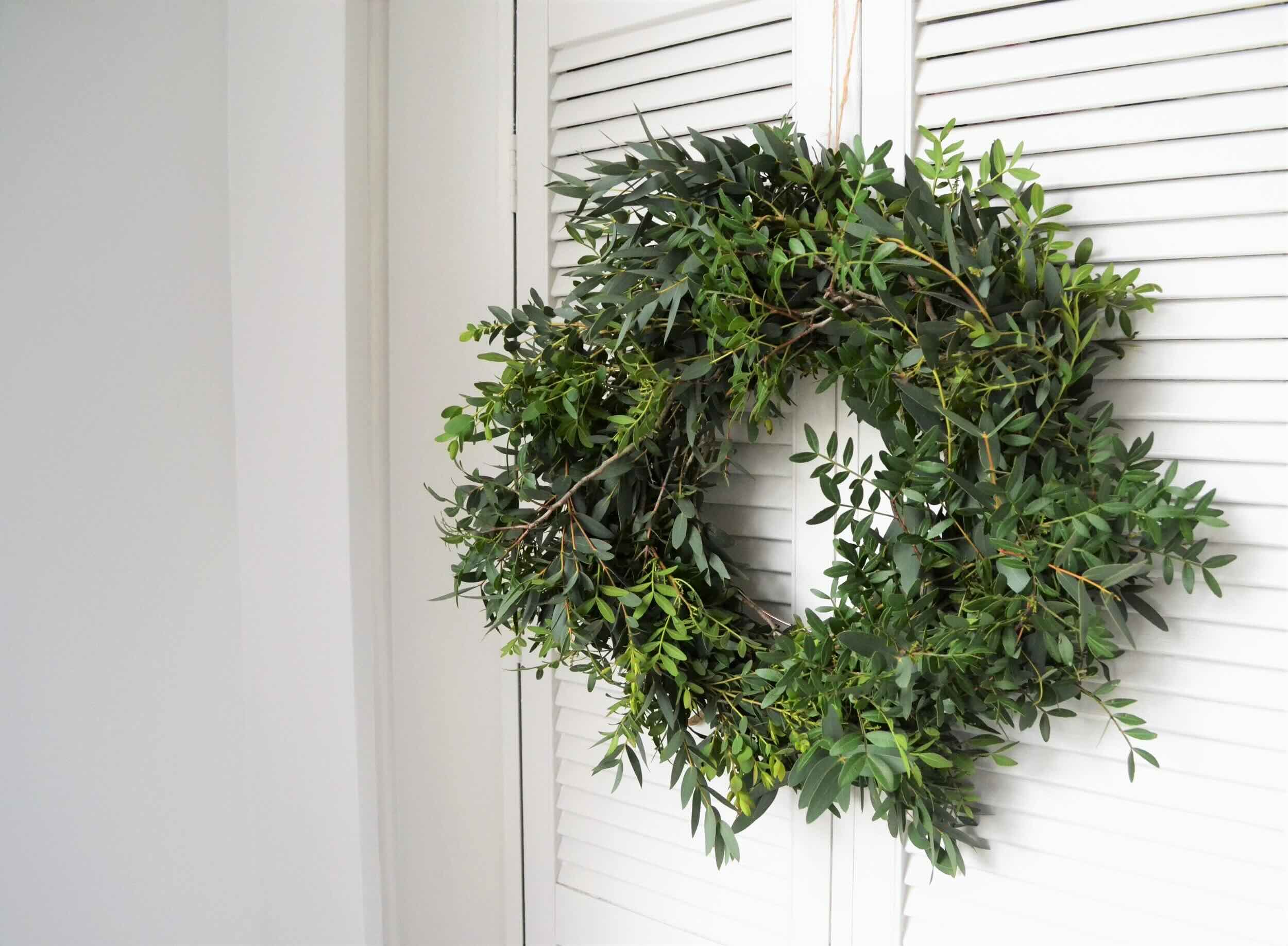
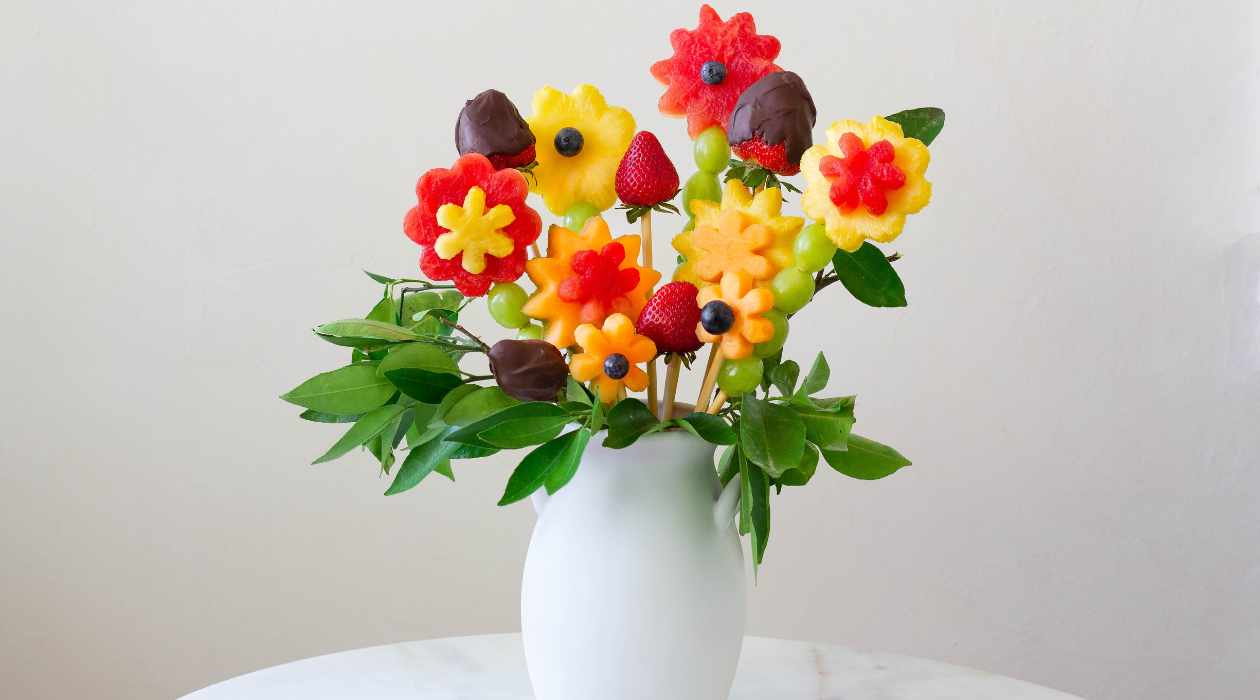
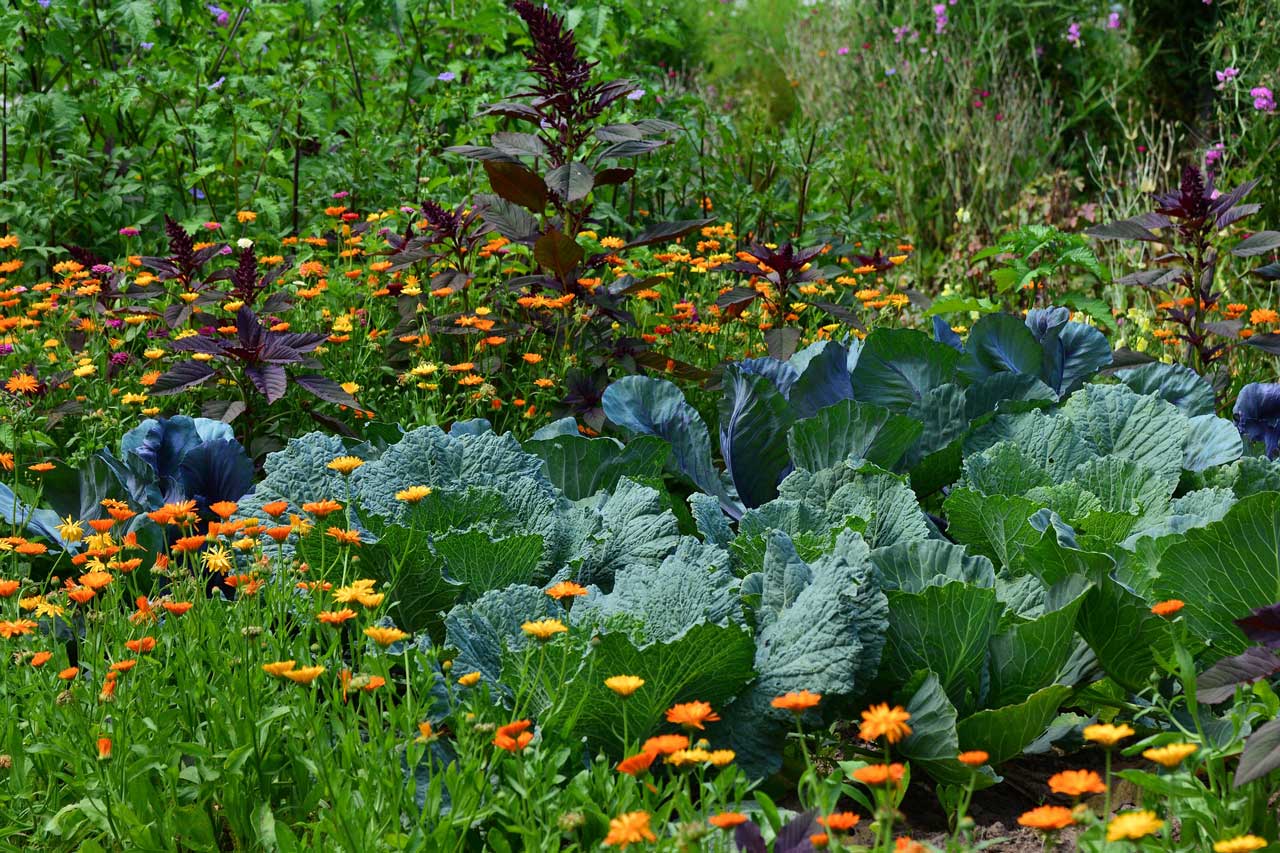

0 thoughts on “What Greenery Will Grow In Winter”